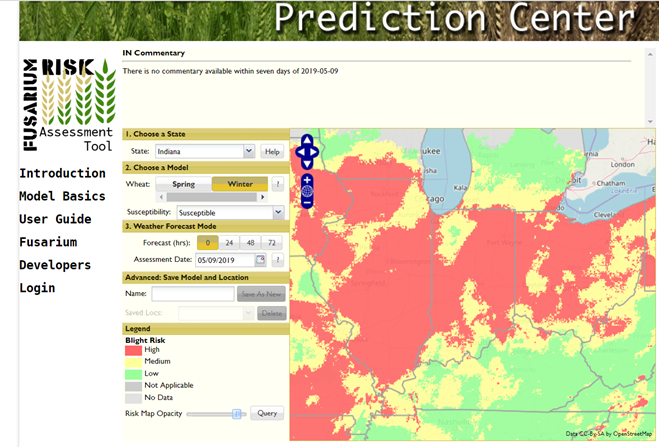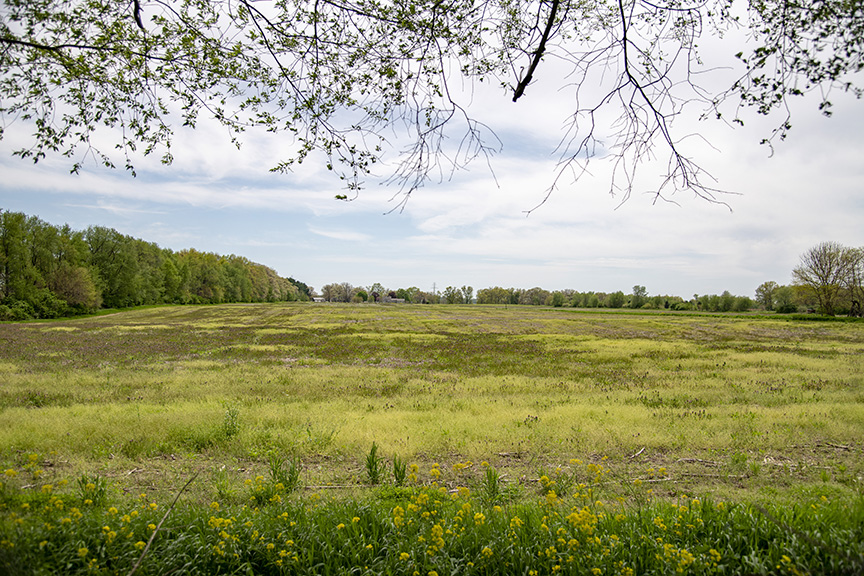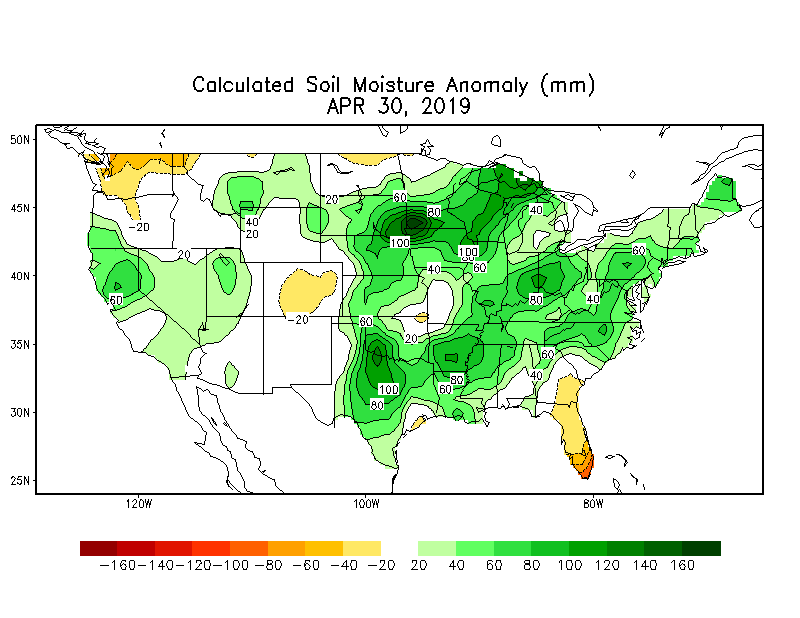Moth flights for both black cutworm and armyworm have been impressive this spring. Unworked/untreated fields are plentiful, and so is the plant life, meaning that there has been no shortage of egg-laying opportunities for these pests. Once soils dry, there will be no luxury of time to prevent a green-bridge, that is to starve the small larvae before they switch from feeding on the dying weeds/cover crops to the emerging crop. So, should one be tempted to be proactive and add some “cheap” insecticide in with the burn-down herbicides. A few factors to consider: First, seed-applied insecticides and many varieties of Bt-traited corn offer some suppression of black cutworm. The systemic activity of the seed-applied insecticide, and/or the protein production of the Bt-corn are optimal when the corn seedling is actively growing, not so much when corn is stressed. Their performance against larger larvae, >0.5”, is greatly reduced, meaning the[Read More…]









